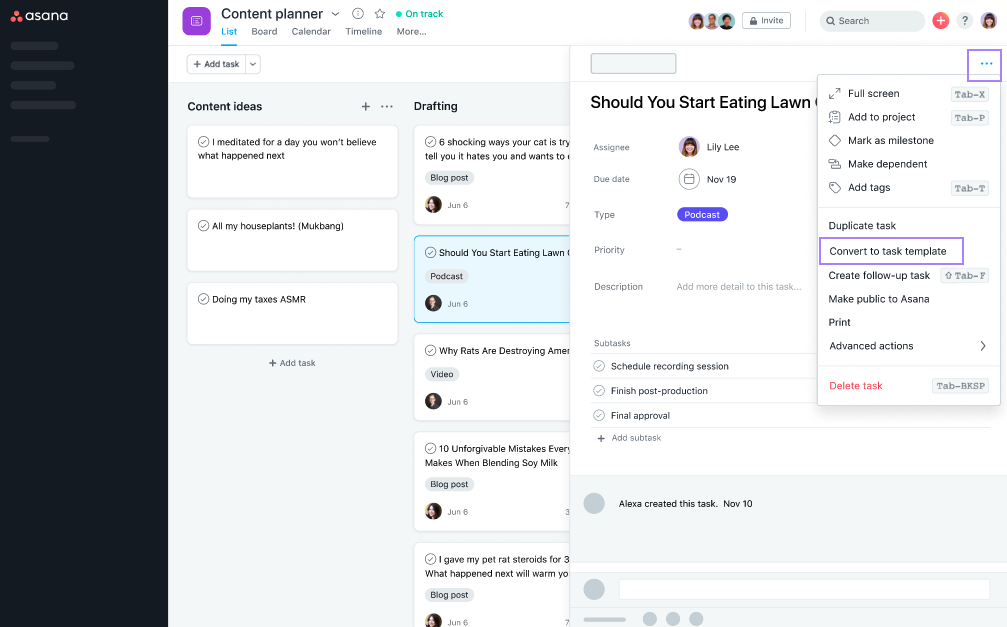In Q4, we worked on a client’s marketing plan that included more than 50 campaigns in different business lines, regions, countries, and languages, utilizing channels such as Google, YouTube, Facebook, and LinkedIn. Our marketing objectives included brand awareness, lead generation, and product registration. How did we make it all happen? What tools did we use?
Planning documents
We used planning documents that were shared between us and the client to ensure we knew what to do and that we were aligned. We also created a content plan that consisted of all the copy and creative requirements for each campaign. We tracked this plan as we went along and communicated with the client to provide feedback if something was missing, there were too many characters or the wrong image size.
In addition, we created a Google Sheet that consisted of all the campaigns and their budget per month. This was essential for us to have everything in one place so we could track our progress and ensure the right amount was spent.
Asana templates
We created a few templates in Asana to streamline our internal processes. These included a ‘Build’ template, which contained all the information needed to build a campaign such as the channel, budget, country, creative, and UTMs. The ‘Review’ template had daily or bi-weekly review tasks to review reports, check our run rate, and identify underperforming campaigns that needed optimization. Finally, the ‘Optimize’ template shared data with the team and provided ways to improve, such as changing the audience, testing new copy, or pausing underperforming ads.
Automated reports
Additionally, we created automated reports to track campaign performance. These reports helped us manage the budget against goals, identify places to optimize and provide transparency and a way for the client to follow results in real-time.
![[Not the real data...We never share our partner's data]](https://www.mediaflowzz.com/wp-content/uploads/2023/01/chart.png)
Communication protocol
We established a communication protocol to keep in contact with all stakeholders. This included ongoing communication via email and commenting on the planning documents, as well as a WhatsApp group for urgent matters. Additionally, we held weekly meetings with our main POC to discuss our progress and results, and monthly presentations that provided the results, key insights, and findings we needed to act on.
Running so many campaigns in such a short time is challenging, but these tools make it easier and increase the execution capacity of an agency team or any marketing team. We’re currently working on how to make the process even better by adding additional processes and automation.


